- Author: Betty Victor
Have you every wandered through a nursery just to look knowing that you really don’t’ have room for another plant? Hard to do isn’t it? Well that’s what I did last year and saw an unusual plant, so I just had to buy it and bring it home. Upon getting it home, I found I really didn’t know what to do with it, so I put it in a container. The tag said it was Jollas-de-Opar ‘Limon’ which did not help at all. So I went off to the internet to learn more.
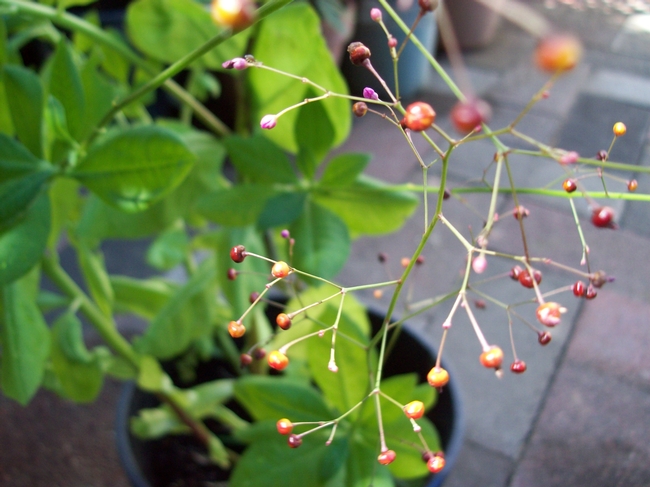
Jewels of Opar are sometimes called fame flower, Talinum paniculatum, and is related to Portulaca. A fun fact about this plant is that it is said to be mentioned in the Tarzan books that were written by Edgar Rice Burroughs. Books that I have not read. This is a tropical, tender perennial. When we had frost last year, I forgot to cover it like my other frost tender plants; it turned into a black mess. It seems there are questions as to if this is a succulent or a cactus, an agreement has not been reached to date.
Wonder of wonders it came back this year and really grew. The stems are long, pointed almost succulent-like in lime green about 10 inches long. The hot pink star-shaped flowers are small and really not very noticeable, but the best part is once the flowers die, what is left is jewel like seedpods, starting out an amber color fading to cinnamon red hue. They will stay on the plant until late winter-that is if I don’t cut and dry them to see if the pods will stay on the stems.
It is a self-seeding plant so if you want to avoid more of them, dead heading is important. If you do not dead head them and you plant them in your garden you could have more than you want.
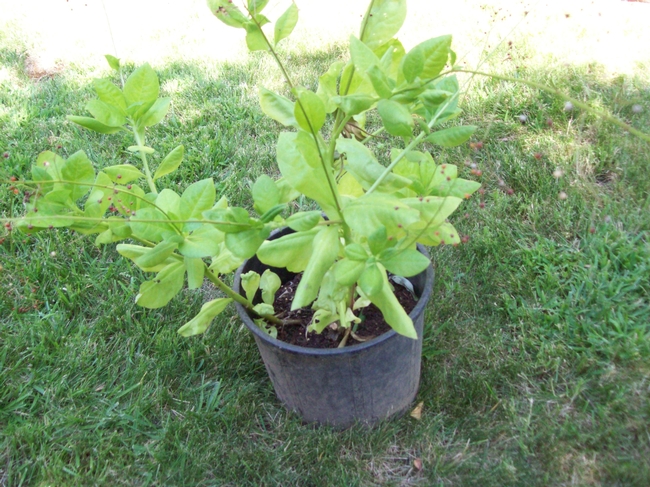
- Author: Sharon Leos
As I write this blog entry, November is four days away. At this time in a normal weather year, the summer vegetables would be done and gone. I would have removed the summer plants and tucked in the garden until next spring. We all know 2011 not been a normal weather year.
I have cleaned out the dried and broken corn stalks, the zucchini vines that shrived into spiny twine, and the tomato plants - except the one last tomato plant that still has two great tomatoes. I could not bring myself to rip it from the ground.
I know the plant looks ridiculous - especially since I pruned back most of the spent leafless branches and the rest of the bed is empty.
I know the last two tomatoes will probably not taste anything nearly as good as the sweet delicious globes we harvested in August.
I know the frost will be here faster than you can say “Under the Solano Sun” and the plant will be finished for sure.
But for some reason this year, holding on to one last bit of summer seems to be helping me ease into the short and dark days of fall and winter. I look out the kitchen window and see the bright red tomato ripening and it makes me smile. And the tomato plant is holding on to summer, too. There is cluster of new flowers opening on the other side of the plant.
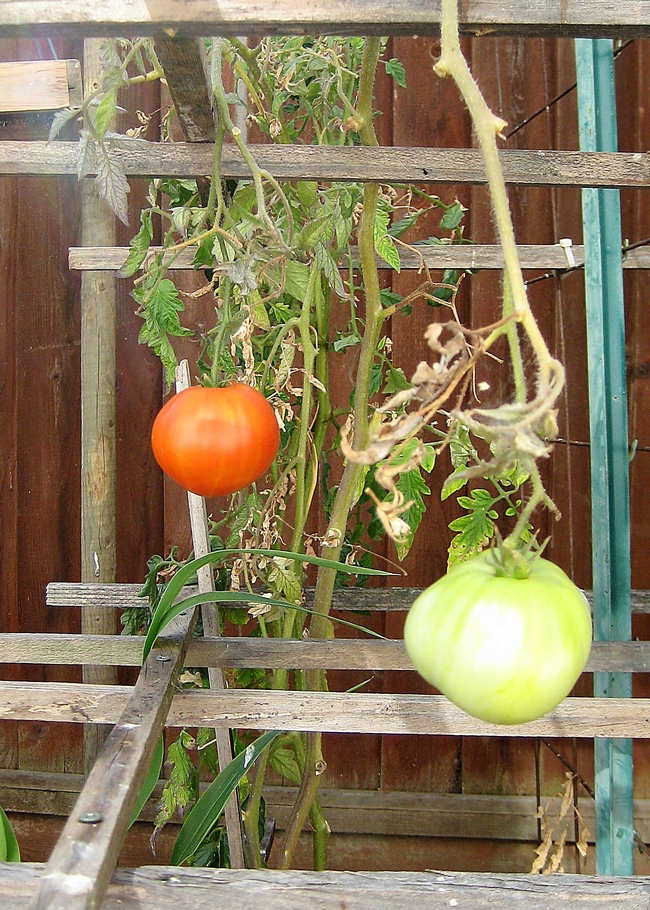
I was told a compassionate gardener would let the plant go after a long season of producing tomatoes. Maybe I am being a selfish gardener by keeping the plant in the garden. Maybe I am being a compassionate gardener by allowing the plant to fulfill its productive destiny. Maybe I am an experimental gardener by growing beyond the normal season! Maybe if I get some plastic sheeting and grow lights… or, maybe not.
- Author: Karen Metz
I have had a bumper crop of pineapple guavas, Feijoa sellowiana, this year. Originally from South America, these drought tolerant shrubs do well in our climate. They can grow up to fifteen feet high and wide, but with the annual pruning they get for our Wreath Workshop the ones in my yard don't quite make that. The leaves are a leathery green on top and a silvery gray underneath. They bloom in early summer. The fruit are ready between October and December and you know it's ripe when they fall on the ground. You just gather them up off the ground and clean them off.
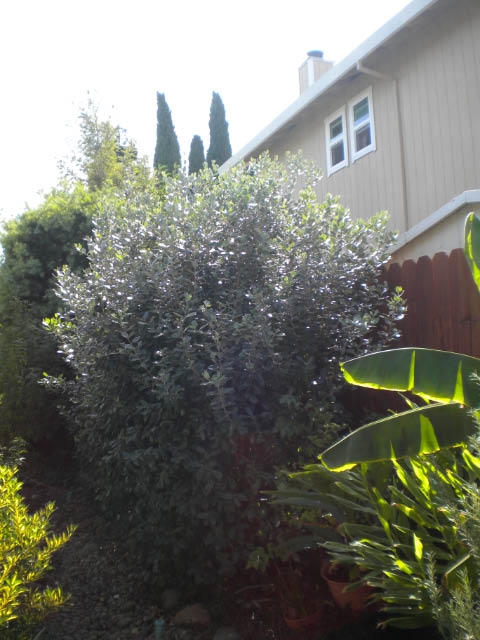
The fruit are 1-2 inches long , dull green on the outside. They are neither pineapple or guava related, but someone thought they tasted like a cross between the two flavors. When I first started growing them about 20 years ago recipes were few and far between. Now on the Internet I've been able to find quite a few. We like the jam, muffins, chutney, and salsa the best, but I've also seen recipes for shrimp dishes and even ice cream.
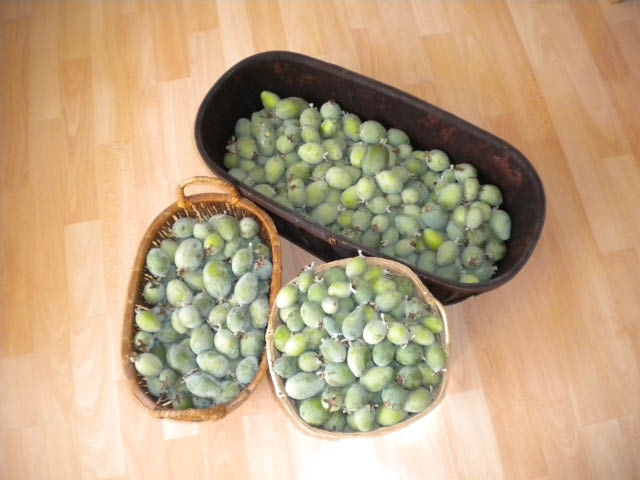
- Author: Sally Livingston
Last spring, I noticed that some of the new leaves on my peach tree were distorted. The leaves puckered and curled, then died and fell off. A second set of leaves replaced the fallen leaves and the tree appeared OK. The tree had peach leaf curl (Taphrina deformans). That means that this fall I need to treat the tree so it does not come back in the spring. We did a treatment two years ago and the leaves were OK but I forgot to do it again last fall. Once you have peach leaf curl, it is best to do it every year.
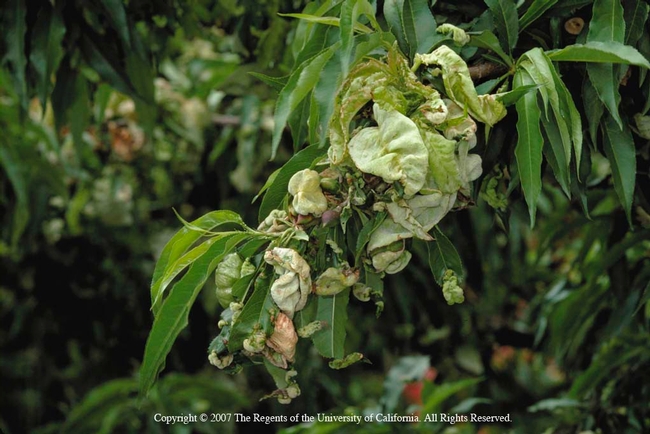
Peach leaf curl is a fungal disease that only affects peach and nectarine trees. Now I need to treat the tree with a fungicide in late fall to prevent leaf curl next spring. Choose a copper-based fungicide, such as tribasic copper sulfate or cupric hydroxide are easiest to use and are most effective if applied with oil. There are several products on the market. Be sure to wait and treat the tree after all the leaves have fallen. When you spray a fungicide, thoroughly cover all branches and twigs so all spores are killed. You may also want to do another treatment in the early spring before any leaves or buds appear. Treatment in the spring after symptoms appear will not be effective.
As with all fungicide applications, be very careful. Wear protective clothing and follow the label directions careful.
- Author: Patricia Brantley
How much of an image does this phrase conjure up in our mind? Linus sitting in the dark field waiting for the “Great Pumpkin” to show up? The pumpkin (Curcurbita pepo) at this time of year comes into the spotlight as Halloween pumpkin carving and growing contests abound. It’s fun to see what our imagination can come up with from the traditional triangle eyes and jagged toothed mouth, to complete works of art and vignettes of these and other popular squashes. Just do a quick search on carved pumpkins and you’ll find more than your fill.
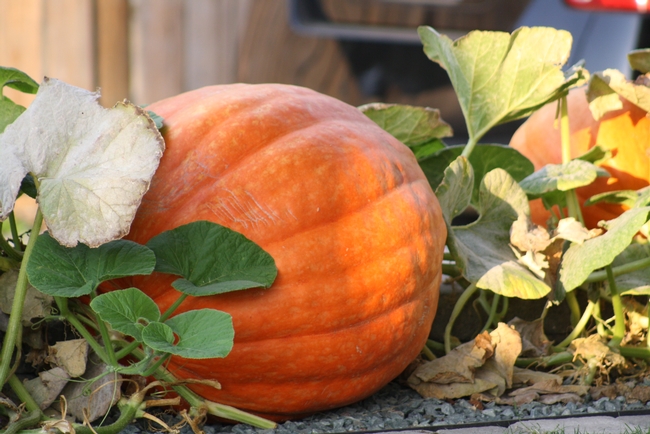
Alas, pumpkin at and after Halloween can become a bit like turkey leftovers at Thanksgiving though. What do you do with that decomposing candle charred heap on your doorstep?
Well, composting is a good idea if you have such a pile. At the very least get it to the green bin before the bugs attack or the bottom rots out leaving you with that wet, orange stain on your front walk until Christmas.
If you haven’t carved it, painted it, or otherwise decimated it in someway, I encourage you to give something new a try. Full of Vitamin A, there is a plethora of goodies to make, and you thought Master Gardener’s were just about growing stuff. Here you can surely find something to suit your taste buds from the savory to the sweet. http://ucanr.org/sites/CE_San_Joaquin/files/35479.pdf
Finally, don’t forget to save a seed or two for next year (before baking!) so you can have another try at growing your own great pumpkin!



